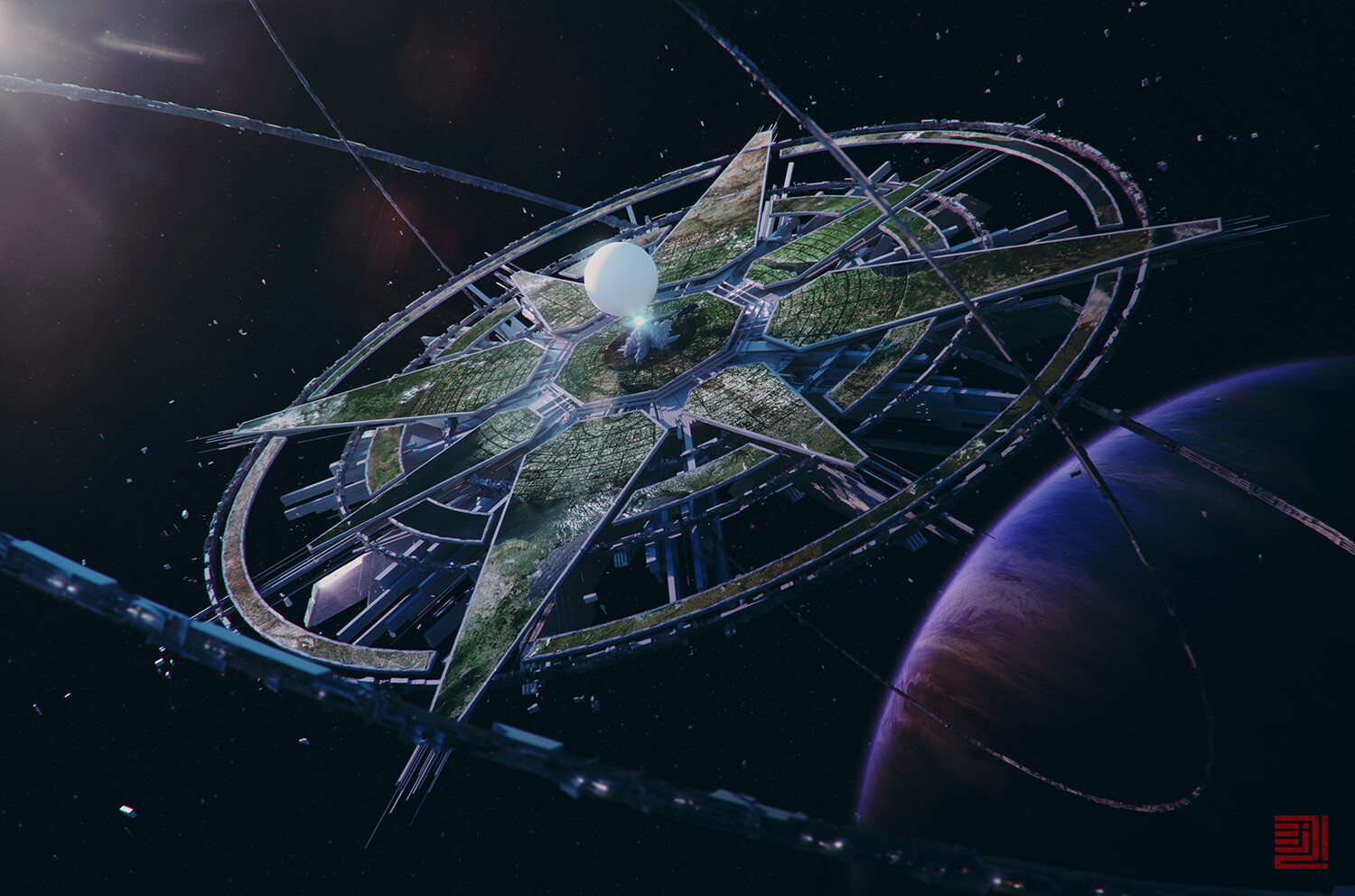Rolf Amsel
D E A T H

OUT OF CHARACTER INFORMATION
- Intent: To develop a unique Space Station model for the implementation of a First Order Military Academy.
- Image Source: Julian Faylona
- Canon Link: N/A
- Permissions: N/A
- Primary Source: N/A
- Manufacturer: The First Order
- Affiliation: The First Order
- Market Status: Closed-Market
- Model: N/A
- Production: Unique
- Material: Doonium, Dolovite, Transparisteel, Alusteel, Duranium, Hypermatter Reactor,
- Classification: (Orbital Space Station)
- Length: 5000m
- Width: 5000m
- Height: 1250m
- Armament: High
- Defenses: Very High
- Hangar Space: Average : 28
- Hangar Allocations:
- Starfighters: 10
- Support Craft: 18
- Maneuverability Rating: None
- Speed Rating: None
- Hyperdrive: Not Equipped
- All Standard Features
- Automated Point Defense Laser Turrets
- Anti-Missile Ballistic Intercept System
- Modular Ring Habitation System
- Advanced Ray Shielding
- Advanced Particle Shielding
- Directive Shield Activation System
- Drop Pod Launch System
- Artificial Green Space
- Conner Net Defense System
- Modular Ring Habitation System
- Rotating around the station are two massive habitation rings. This is where the station's occupants living quarters are housed as well as various modules which allow for administrative function such as offices, armories, simulation rooms, etc. Also contained as an integral system of the ring are escape pods.
- Drop Pod Launch System
- Contained in various modules attached to the Habitation Rings are drop pod deployment stations. These allow the residents of the station to be delivered to the 'surface' of the station usable for training exercises. Alternatively, these drop pod stations allow for deployment to nearby planetoids or as an alternate escape pod.
- Artificial Green Space
- Due to the unique nature of this station, 8 various wedges contain modular environments for combat training. 4 are massive, covering the full width of the station, 4 are smaller and more tailorable for specific combat scenarios. Perhaps the greatest strength of this system is the integrated Shield/Drop Pod Deployment system which allows for drop pods from the station's outer rings to deploy inside these green spaces using a complex encrypted algorithm. This allows the drop pods to pass though the shields as they deploy but retains station integrity. It also keeps unauthorized craft or space debris from entering these green spaces.
- Conner Net Defense System
- Beware the vessel that strays too close to the station. An automated conner net defense system is installed in both major sections of the station, the central structure as well as the two habitation rings. This can be used to disable and slow down vessels enough to allow for the station's defense weaponry to engage and eliminate any threat.
- G-003 Tri-Tracker Hardpoints
- Perhaps the only real anti-capital ship grade weaponry, these turrets are mounted on the station, allowing it an impressive defensive capability. The strengths of the G-002 Tri-Tracker Hardpoint system is its ability to accurately predict and provide firing solutions on vessels even outside its sensor range.
- Limited Anti-Capital Ship Weaponry
- Limited Starfighter Capacity
- No Hyperdrive
- Small Organic Security Complement
This station was designed in collaboration with many First Order engineers but its concept was developed by none other than the First Order's own, Rolf Amsel. The unique design features of this station precluded it from general production. Also of note, is the express function of the station itself. Designed as an academy of war, the station caters to combat training both in and out of gravity controlled environments. The First Order has long been dormant and the military has enjoyed a relative period of peace - but as all good leaders know, peace is temporary. In an effort to keep the First Order's troopers well trained and proficient, this station was developed to allow for veteran troops to utilize as a training facility as well as assuming new cadets in an effort to bolster the Order's Officer Corps.
Last edited:






